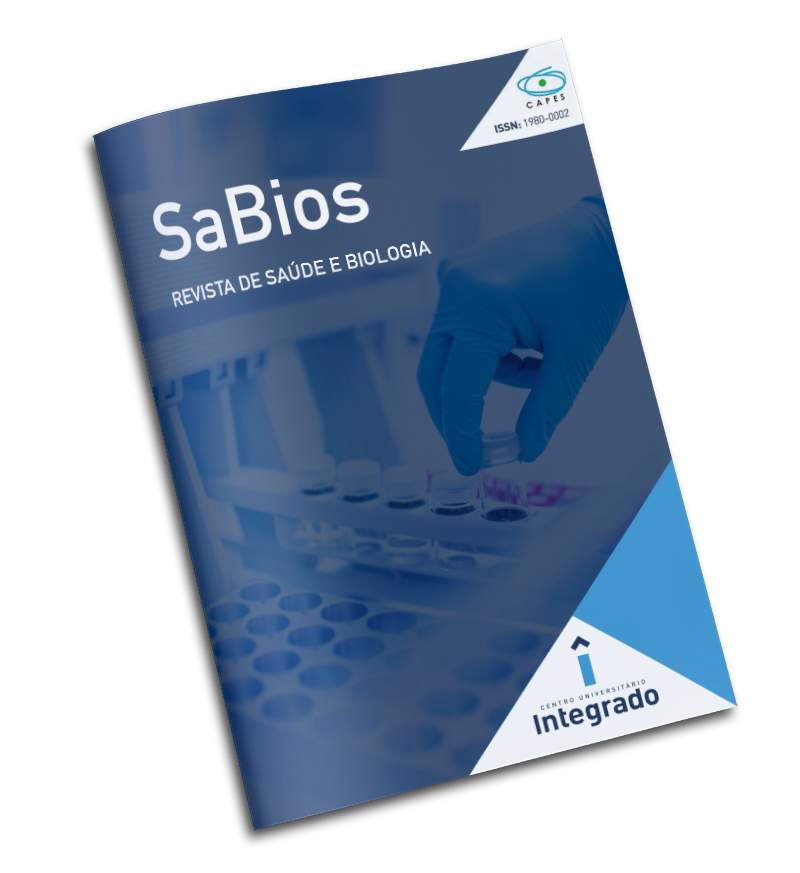Evaluation of the influence of folic acid on the asthmatic on feeding
DOI:
https://doi.org/10.54372/sb.2021.v16.2754Keywords:
Alergia Alimentar, Asma, Ácido Fólico, Vitamina B9Abstract
The objective of this study was to evaluate the influence of folic acid food sources on asthma’s symptoms. 59-participants were interviewed, over 18 years old, from the southern Brazil. An adapted questionnaire consisting of a nutritional anamnesis, with added questions of asthma symptoms history, the stage of life in which the disease developed, and the modified Borg Scale was applied. The data analysis was performed with Statistica program, GraphPad Prism 7.0, Avanutri and Microsoft Excel 2010 program. Of the 59 interviewed, the majority was adults (83%), women (72%) and lived in Paraná (47%). In terms of breathing status, 22% of the respondents reported having adequate breathing, 22% mild dyspnea, 45.7% moderate dyspnea and only 10.3% severe dyspnea, besides 33% of individuals were diagnosed with asthma in adulthood. About the Borg modified scale, 84% had frequent disease symptoms, 55.9% had sporadic crises, 62.7% were using bronchodilators, 74.5% had nocturnal symptoms and 61% felt negative interference in daily activities. Regarding the daily consumption of folic acid, none of the participants reached the daily consumption recommendations. Furthermore, it was not found a correlation between the consumption of folic acid and the asthma symptoms. From the results of this study, it’s not possible to affirm whether folic acid have some influence on the pathology of asthma, since a larger number of participants would be needed to found more conclusive answers.
Downloads
Published
How to Cite
Issue
Section
License
Copyright (c) 2021 SaBios-Revista de Saúde e Biologia

This work is licensed under a Creative Commons Attribution-NonCommercial 4.0 International License.
Direitos Autorais para artigos publicados nesta revista são cedidos pelo autor à SaBios-Revista de Saúde e Biologia, que está autorizada a publicá-lo em meio impresso, digital, ou outro existente, sem retribuição financeira para os autores. Em virtude da aparecerem nesta revista de acesso público, os artigos são de uso gratuito, com atribuições próprias, em aplicações educacionais e não-comerciais.
Copyright of articles published in this journal are transferred by the author to SaBios-Journal of Health and Biology, which is authorized to publish them in printed, digital or other existing way, without financial reward for authors. Considering that articles appear in this public accessed journal, they are free to be used in educational and non-commercial applications.





















